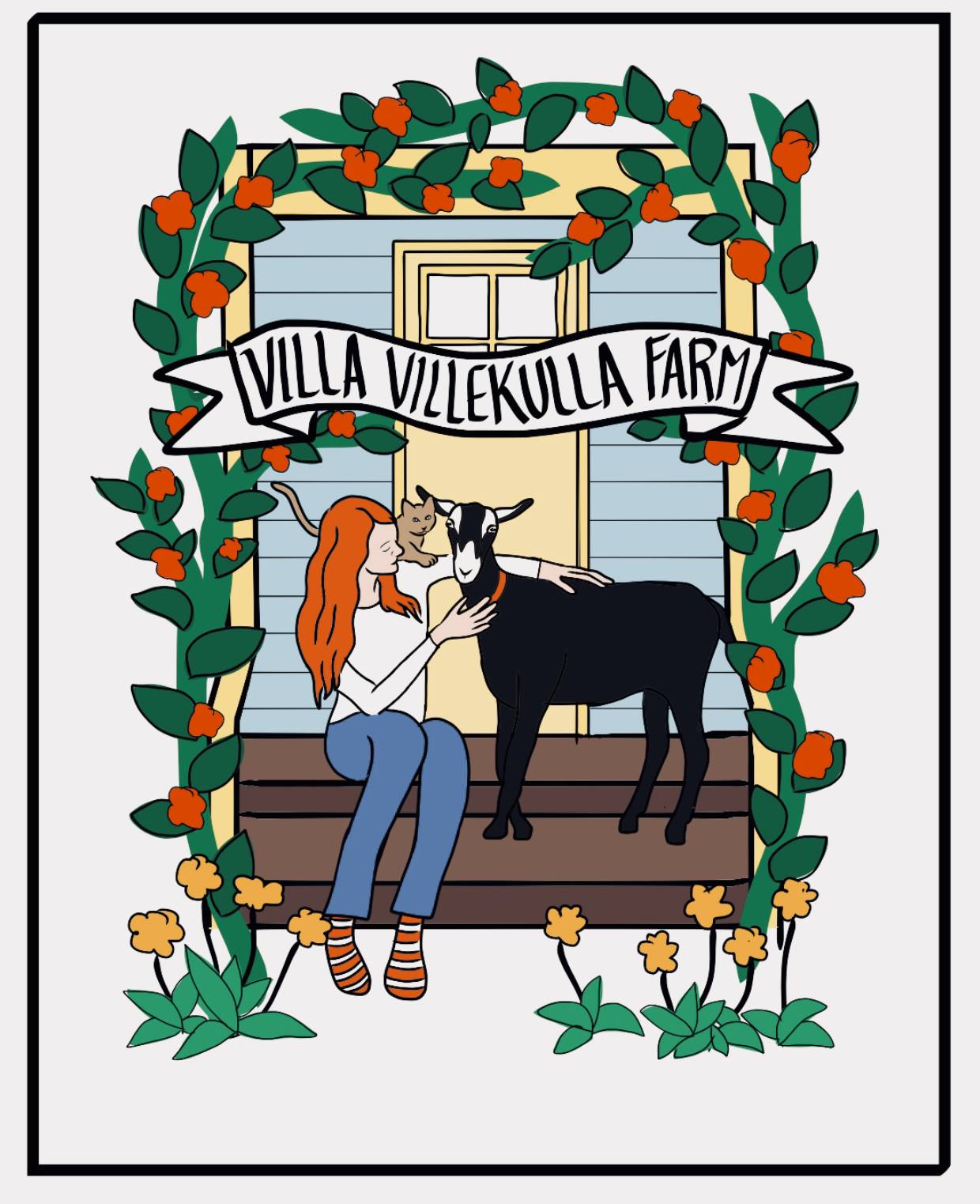Skyr (pronounced “skeer”) is an Icelandic fermented dairy product that dates back to Viking times. While it is in many ways texturally and gustatorily similar to thick yogurt, what sets skyr apart is the addition of rennet, an enzyme that is also added to cheese to aid in the coagulation of the milk. So skyr is technically classified as a cheese. More often than not, rennet is collected from the abomasum (stomach) of a young ruminant, but I exclusively use rennet that is derived from cardoon thistles. The skyr is cultured and set, incubates for nearly a full day and is then hand ladled and strained until it reaches its optimum consistency, at which point it’s hand packed into heavy glass jars (I hate plastic).
I began making skyr in order to create a closed circuit in my dairy, with the expectation that I would have loads of skimmed milk from my butter-making that I wanted to use creatively. However, butter has proven to be a very small slice of the picture — I make small batches to order and use the lion’s (goat’s?) share of my milk to make sumptuous, full-fat skyr.
My skyr tastes like the love child of chevre, creme fraiche and labne — impossibly thick and silky, tart and bright. It is imminently spreadable, and equally gorgeous in sweet or savory contexts, be they a base for your morning granola and fruit, an ingredient in a moist baked good or a zingy, rich canvas for savory dips, sauces or dressings. I like it best schmeared on top of thick cut toast and drizzled with good olive oil and flaky salt or draped with spicy kimchi, but the sky(r) is truly the limit. Take a peak at the recipes tab for more inspo.
